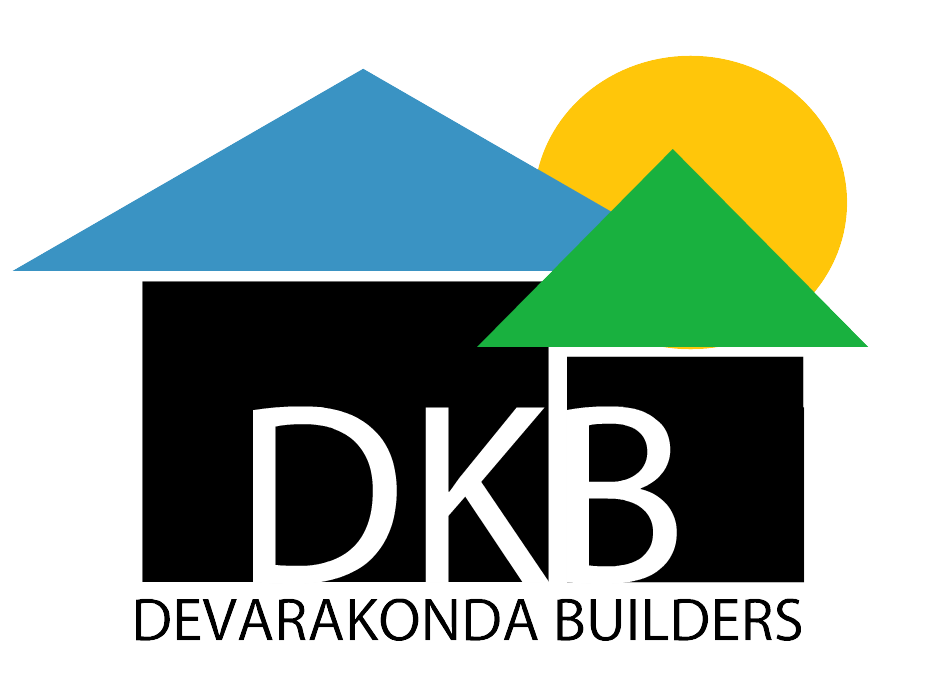Introduction
In the realm of real estate development, few ventures offer as promising returns as apartment development. With the ever-growing demand for urban housing, mastering the art of apartment development has become a coveted skill for property developers. However, it’s not merely about erecting structures; it’s about understanding market dynamics, design principles, regulatory frameworks, and community needs. This guide aims to navigate developers through the intricacies of apartment development, providing insights, strategies, and best practices to succeed in this competitive landscape.
Understanding Market Dynamics
- Market Research and Analysis: Before embarking on an apartment development project, thorough market research is essential. This involves analyzing demographics, economic trends, housing demands, and competition in the target area. Understanding the pulse of the market lays the foundation for a successful project.
- Identifying Target Demographics: Different demographic groups have distinct housing preferences. Whether it’s young professionals seeking modern amenities or empty nesters looking for downsized luxury, tailoring the project to meet the needs of the target demographic is crucial for market acceptance and profitability.
Design and Planning
- Architectural Vision: The architectural design sets the tone for the entire project. Collaborating with talented architects who can create aesthetically pleasing yet functional spaces is paramount. Balancing innovation with practicality ensures the development stands out while remaining desirable and livable.
- Optimizing Space Utilization: Space is a premium in urban environments. Maximizing the use of available land while adhering to zoning regulations requires creative solutions. Utilizing vertical space, incorporating communal areas, and optimizing unit layouts contribute to a more efficient and appealing development.
Navigating Regulatory Frameworks
- Zoning and Permitting: Compliance with zoning laws and obtaining necessary permits is a critical aspect of apartment development. Working closely with local authorities and legal experts ensures adherence to regulations while minimizing delays and setbacks.
- Environmental Considerations: Sustainable development practices not only benefit the environment but also enhance the project’s appeal and long-term viability. Incorporating green building technologies, energy-efficient systems, and eco-friendly materials demonstrates a commitment to sustainability while potentially qualifying for incentives and certifications.
Construction and Project Management
- Effective Project Management: From groundbreaking to completion, managing an apartment development project involves coordinating various stakeholders, ensuring quality control, and adhering to timelines and budgets. Implementing robust project management practices streamlines the construction process and mitigates risks.
- Quality Assurance: Building a reputation for quality is paramount in the real estate industry. Employing skilled contractors and conducting regular inspections throughout the construction phase ensures that the finished product meets the highest standards, fostering customer satisfaction and positive word-of-mouth.
Marketing and Sales
- Strategic Marketing Campaigns: Generating buzz and attracting prospective buyers or renters requires a comprehensive marketing strategy. Leveraging digital platforms, staging model units, hosting open houses, and forging partnerships with real estate agents are effective tactics to showcase the development’s unique selling points.
- Customer Engagement and Satisfaction: Building strong relationships with customers doesn’t end at the point of sale. Providing exceptional customer service, addressing concerns promptly, and fostering a sense of community within the development contribute to resident satisfaction and long-term retention.
Conclusion
Mastering the art of apartment development is a multifaceted endeavor that demands a combination of market savvy, design prowess, regulatory compliance, construction acumen, and marketing finesse. By meticulously navigating each phase of the development process, property developers can transform visions into reality, delivering not just structures but vibrant communities that enrich urban landscapes and stand the test of time. Embracing innovation, sustainability, and a customer-centric approach paves the way for success in the dynamic world of apartment development.




